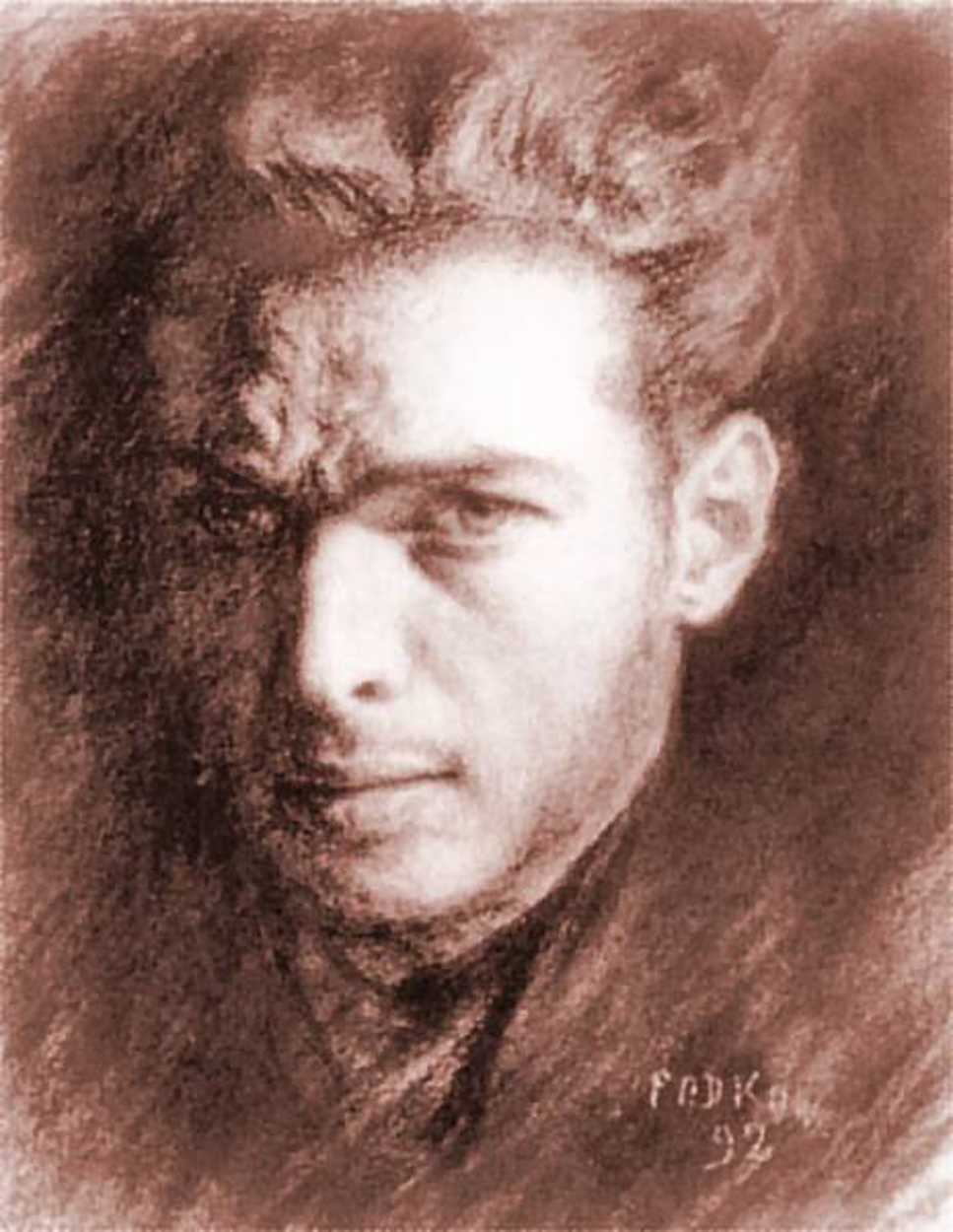Today is our last Sunday of a special month with the collection of the National Museum in Warsaw. We hope you enjoyed this little selection of Polish art. : ) We hope you enjoyed this summer with DailyArt and you're ready for Autumn; hopefully it won't be so disastrous like the rest of this year so far...
Władysław Podkowiński encountered French Impressionism while visiting Paris in 1889 with fellow artist Józef Pankiewicz. The impact of those experiences, and in particular of the artist’s exposure to Claude Monet’s classic works, clearly comes through in this 1892 painting titled Children in the Garden.
In 1891 and 1892, Podkowiński spent extended time in the company of the painters Miłosz Kotarbiński and Stanisław Maszyński. It was at their family estates that Podkowiński painted his finest outdoor scenes and light-drenched portraits. He painted blossoming flowerbeds, sprawling meadows, and fields intersected by country roads or streams. Enchanted with the blissful atmosphere of life in the rural areas surrounding Warsaw, the artist devoted all his energies to capturing his impressions and observations of nature. He recorded the behavior of light on sunny days and, as staffage, he often used the hosts’ family members spending their holidays in the country.
In Children in the Garden, Podkowiński catches his host’s two sons watering a flowerbed at the family estate in the village of Chrzęsne. The boy with the watering can is six-year-old Tadeusz Kotarbiński, a future world-class philosopher, and behind him is two-year-old Mieczysław Kotarbiński, a future painter and interior designer. In composing the piece, the artist employs a favorite technique of filling the foreground with vegetation, of which he was a skilled observer. Constructed along a diagonal line, the painting hinges on a contrast of warm and cool hues, with the dominant golds and greens complemented by greys, violets, and light blues. Podkowiński presented the products of that summer’s outdoor painting sessions in the autumn, at the 1892 Salon of the Society for the Encouragement of Fine Arts. These works were considerably better received by critics than the misunderstood Impressionist paintings he showed in 1890, shortly after his return from Paris.
P.S. Check the highlights of the National Museum in Warsaw here! This is a selection of the most important Polish paintings in art history.


 Władysław Podkowinski
Władysław Podkowinski